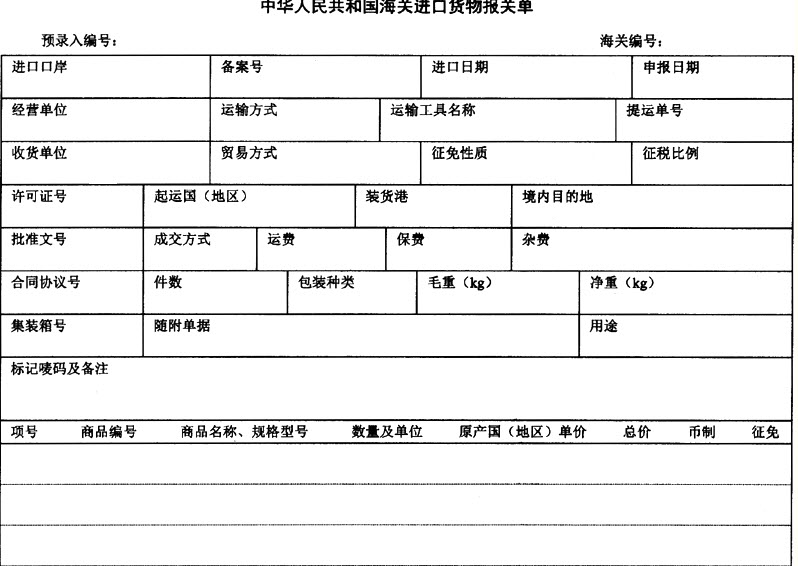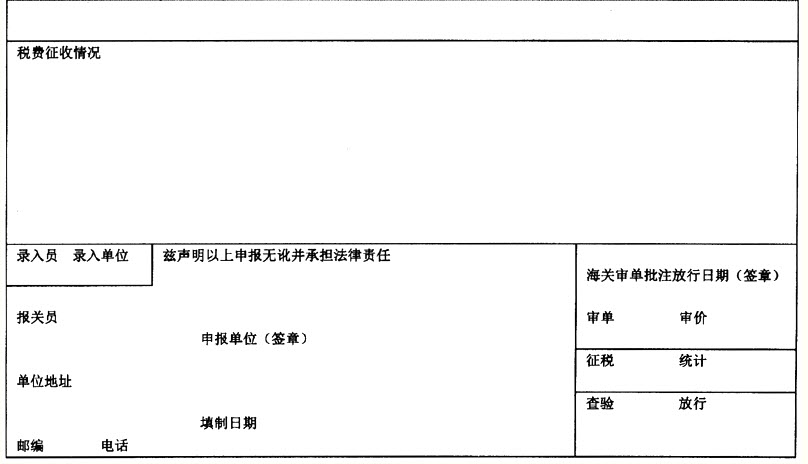问题
单项选择题
在小型化方面,科学家不仅造出了微生物那样大的精巧装置,而且还使这些装置能够运动。
新一期《科学》杂志说,康奈尔大学的科学家把一部微型马达与一个金属螺旋桨组装在一起,使螺旋桨能够以8转/秒的速度旋转。该大学生物工程教授蒙泰马尼奥说:“这是一台真正的纳米机器。”这台马达是从给细胞提供能量的分子中获得能量的,所以他认为科学家终将能够制造出比细菌还小的机器人,它们将能够修复细胞损伤,制造药物并且攻击癌细胞。他说,这为制造在细胞中运转的机器打开了大门。它将使我们把设计好的装置与生命系统融合起来。”
同期的《科学》杂志还描述了另外一种微观运动:一块锡块在化学力的推动下,像变形虫一样在铜的表面四处游走,留下由铜的合金组成的纤细轨迹。国家实验所的巴特尔特博士说:“锡块仿佛活了一样,在铜的表面到处找食吃。这会运动到光洁的区域,吃下表层的铜原子,同时吐出以合金形式存在的铜原子。在微观世界中这种没有生命的系统竟然能够模仿生命系统真是令人感到惊奇。”文后评论说,实验中锡块的运动可看成一种新的纳米马达,这个马达把化学能转化成机械能的效率大致与汽车的效率相当。
康奈尔大学的研究工作把几年来纳米技术研究的两个方向结合了起来。正如电子工程师把越来越小的晶体管刻到芯片上一样,纳米技术科学家也造出了越来越薄的雕刻品,其中包括杠杆、柱子、悬空的电线和宽度为100个硅原子的一个吉他模型。但是,如果没有办法使它们运动,这些结构充其量也只能算微型艺术品。
加线的句子,“这”指代的对象是()。
A.纳米马达
B.比细菌还小的机器人
C.纳米技术
D.在细胞中运转的机器
答案
参考答案:A





